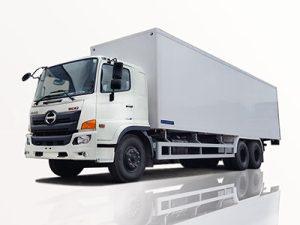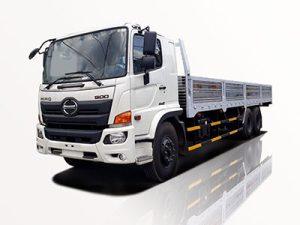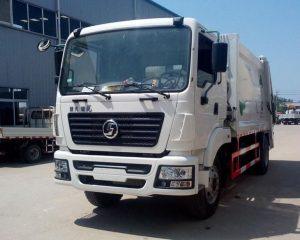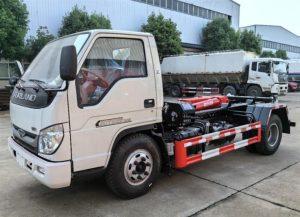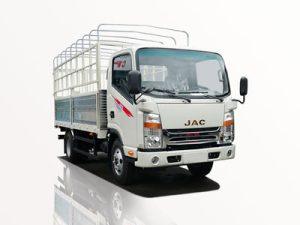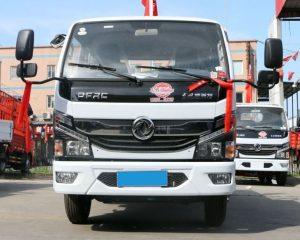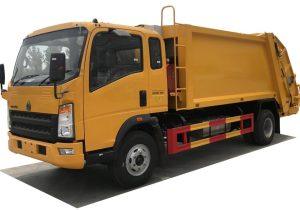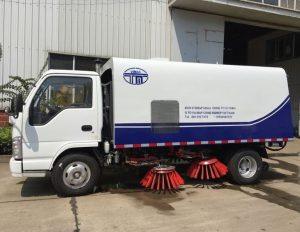Monday to Saturday - 8:00 -17:30
Understanding the Troop Carrier Truck: An Essential Military Vehicle
The troop carrier truck is a vital logistical asset in military operations worldwide. Designed for the efficient transportation of personnel and equipment, these trucks are equipped to handle the rigors of various terrains and conditions. In this comprehensive article, we will delve into the various aspects of troop carrier trucks, including their features, types, benefits, and usage in both military and civilian contexts. With practical examples and useful tips, we aim to provide a thorough understanding of troop carrier trucks, making this information valuable for military enthusiasts, procurement professionals, and the general public alike.
Table of Contents
- 1. What is a Troop Carrier Truck?
- 2. Key Features of Troop Carrier Trucks
- 3. Types of Troop Carrier Trucks
- 4. The Importance of Troop Carrier Trucks in Military Operations
- 5. Troop Carrier Trucks in Civilian Use
- 6. Best Practices for Operating Troop Carrier Trucks
- 7. Future of Troop Carrier Trucks
- 8. Frequently Asked Questions (FAQs)
1. What is a Troop Carrier Truck?
A troop carrier truck is a specialized military vehicle designed to transport soldiers, equipment, and supplies. Unlike standard commercial trucks, troop carriers are built to perform in challenging environments, offering enhanced durability and functionality. These vehicles play a critical role in ensuring that military units can mobilize quickly and efficiently, adapting to rapidly changing operational needs.
History of Troop Carrier Trucks
The concept of troop carriers has evolved significantly since their inception during World War I. The necessity for rapid troop movement led to innovations in vehicle engineering. Over the decades, troop carrier trucks have seen advancements in design, powertrain technology, and defensive features to meet the demands of modern warfare.
2. Key Features of Troop Carrier Trucks
Troop carrier trucks come equipped with several distinctive features that set them apart from conventional trucks.
Durability and Strength
These vehicles are built with robust materials that can withstand harsh conditions, including rough terrain and adverse weather. Frames are often reinforced to handle heavy loads without compromising structural integrity.
Passenger Capacity
Troop carrier trucks typically have seating arrangements for a specific number of soldiers, often ranging from 10 to 30, depending on the model. This capacity allows entire squads to be transported in one trip.
Versatility
Many troop carrier trucks can be modified or adapted for different roles, such as medical evacuation, cargo transport, or command and control centers, making them highly versatile assets on the battlefield.
Advanced Technology
Modern troop carrier trucks are equipped with various technological enhancements, including GPS navigation, communication systems, and defensive countermeasures that aid in maintaining operational effectiveness.
Safety Features
To ensure the safety of personnel, troop carrier trucks are often fitted with armor plating and mine-resistant technologies, along with advanced suspension systems that provide better stability during transport.
3. Types of Troop Carrier Trucks
Troop carrier trucks can be classified into several types based on their design, capacity, and intended use.
Transport and Logistics Vehicles
These trucks focus primarily on transporting troops and supplies. They typically feature a large cargo bed and can accommodate various payloads. An example is the US Military’s M35 2.5-ton truck.
Armored Personnel Carriers (APCs)
APCs are a subtype of troop carriers designed with armor to protect against small arms fire and shrapnel. A popular model is the M113, known for its versatility and operational history.
Light Tactical Vehicles
These vehicles are lightweight and designed for speed and agility in strenuous environments. The Humvee (HMMWV) is a renowned example, often used for troop transport and reconnaissance missions.
Heavy Tactical Vehicles
Heavy tactical vehicles, such as the Oshkosh M-ATV, are designed for transporting troops in the most challenging scenarios, often featuring advanced armor and enhanced suspension systems for off-road capabilities.
4. The Importance of Troop Carrier Trucks in Military Operations
Troop carrier trucks play a pivotal role in achieving military objectives.
Rapid Deployment
The ability to quickly move troops to a strategic location is essential for operational success. Troop carriers facilitate rapid deployment during both combat and peacekeeping missions.
Logistical Support
Logistics is the backbone of military operations, and troop carriers are indispensable for transporting ammunition, food, medical supplies, and other essential resources to troops in the field.
Force Protection
Unlike traditional transportation methods, troop carriers provide an added layer of protection, ensuring that soldiers can be moved safely even in hostile environments.
5. Troop Carrier Trucks in Civilian Use
While primarily designed for military use, troop carrier trucks have also found applications in civilian settings.
Disaster Relief Operations
In emergencies, troop carriers can be utilized for transporting rescue teams and supplies. Their rugged design allows them to navigate disaster-stricken areas that conventional vehicles cannot access.
Law Enforcement and Security
Various law enforcement agencies use troop carrier trucks for transporting personnel during large public gatherings, protests, or potential civil disturbances.
Commercial Transport
Some civilian organizations employ troop carriers for transporting large groups of people or heavy equipment, especially in sectors like mining, forestry, and construction.
6. Best Practices for Operating Troop Carrier Trucks
Effectively operating a troop carrier truck involves adherence to specific best practices.
Training and Familiarization
All operators must receive thorough training on the vehicle’s features and handling. Familiarization with the truck’s specifications ensures safe and efficient operation.
Regular Maintenance
Routine inspections and maintenance are essential to keep troop carriers in optimal condition. Regular checks on tires, brakes, and fluid levels help prevent breakdowns in the field.
Load Management
Adhering to specified weight limits is crucial for safety and performance. Proper load distribution ensures better handling and minimizes the risk of tipping over.
Communication Systems
Equipping troop carriers with reliable communication devices allows for better coordination during missions and enhances operational effectiveness.
7. Future of Troop Carrier Trucks
The future of troop carrier trucks is likely to be marked by technological advancements and updated operational methodologies.
An Increase in Automation
With the rise of automation in various industries, troop carrier trucks may see more robotic features, allowing for semi-autonomous driving capabilities in certain scenarios.
Integration of Green Technologies
As environmental concerns grow, troop carrier trucks may evolve to include hybrid or fully electric propulsion systems, aiming for lower carbon emissions.
Enhanced Connectivity
Improved connectivity through the Internet of Things (IoT) technology may enable real-time tracking and better management of troop carrier fleets.
8. Frequently Asked Questions (FAQs)
What is the primary purpose of a troop carrier truck?
The primary purpose of a troop carrier truck is to transport military personnel and equipment safely and efficiently, especially in challenging environments.
How many soldiers can a troop carrier truck typically carry?
The capacity of troop carrier trucks varies by model, generally accommodating anywhere from 10 to 30 soldiers.
Are troop carrier trucks used in civilian applications?
Yes, troop carrier trucks are used in civilian applications such as disaster relief, law enforcement transportation, and commercial transport in rugged conditions.
What kind of maintenance is required for troop carrier trucks?
Regular maintenance involves routine inspections, monitoring fluid levels, checking tire conditions, and ensuring that all communication and safety systems are functional.
How has technology impacted troop carrier trucks?
Technology has enhanced troop carrier trucks through improved safety features, advanced navigation systems, automation, and integration of communication devices, increasing their operational effectiveness.


